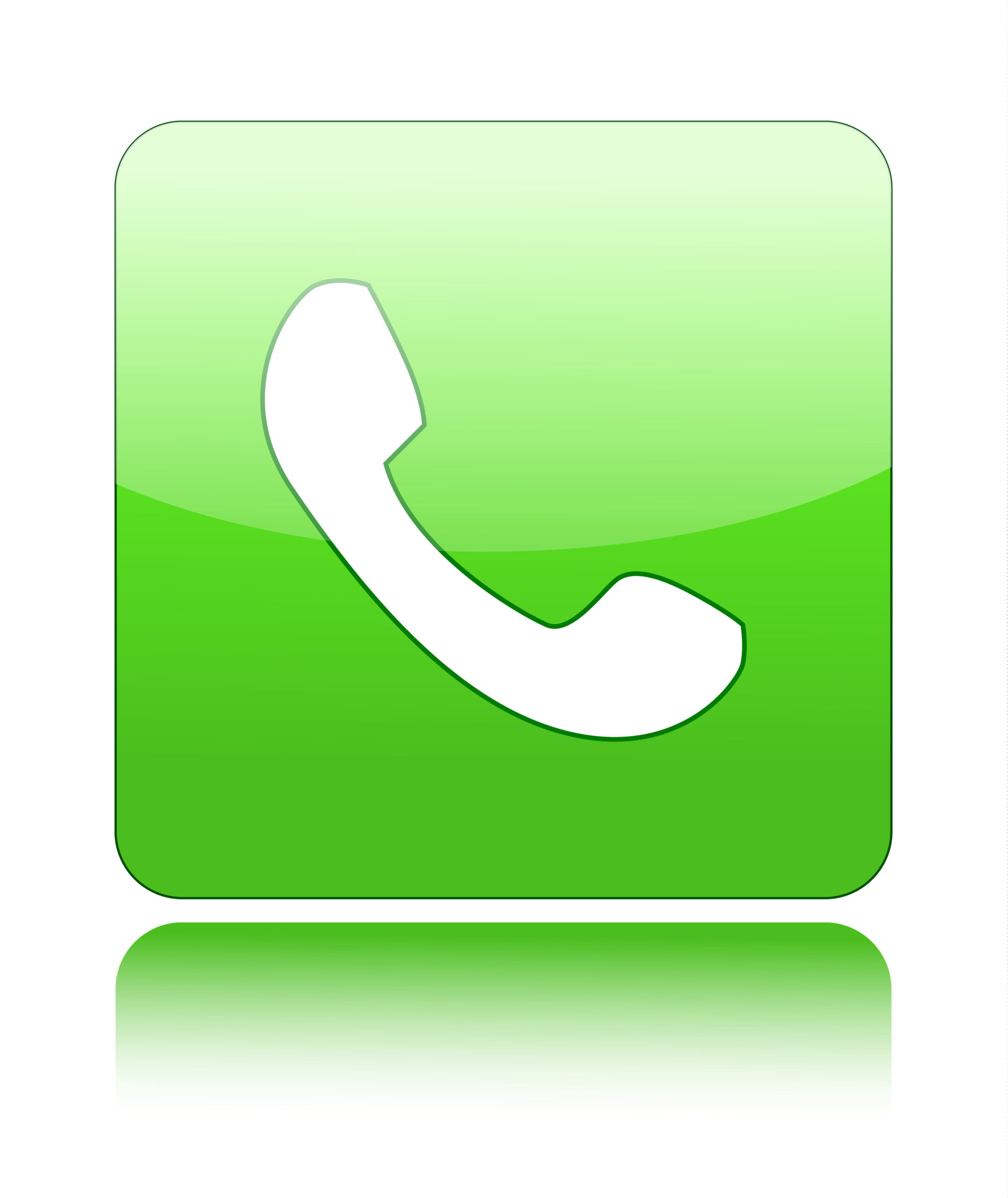I was showing our 7-year-old son how to use a cell phone so he could call us if he needed to. I kept telling him to “push the button that looks like a phone” but for some reason it wasn’t working out. He can read, but on a screen full of icons I was sure that talking about the picture would make things easier. I was wrong and confused – until I realized that my kids have never seen a traditional phone like the one in the icon! That discovery made me wonder why we use this photo to represent a phone – it would be like having a picture of an 8-track as the icon for iTunes.
This incident reminded me of another time when my daughter was very young and we handed her a photograph. At two years old, she put her fingers together on the photo and spread them apart in an attempt to expand the picture. She was well accustomed to an iPad or iPhone but couldn’t understand why she couldn’t influence the size of this picture.
I love these moments where assumptions are made by one group (based on outdated methodology/terminology) and the expectation is that others, who don’t share our history or experience, should understand immediately what is obvious to us. Most orthodontists do this all day, every day in the orthodontic office. How many acronyms, procedure names and designations in our office stem from the way we used to do something but have no relationship to how we do things today? This is especially true in practices that change ownership. Why don’t we change? What makes us so resistant to modernization? How is this kind of thinking holding us back even though we don’t realize it?
Want examples of this in your office? Ask the new employee.

